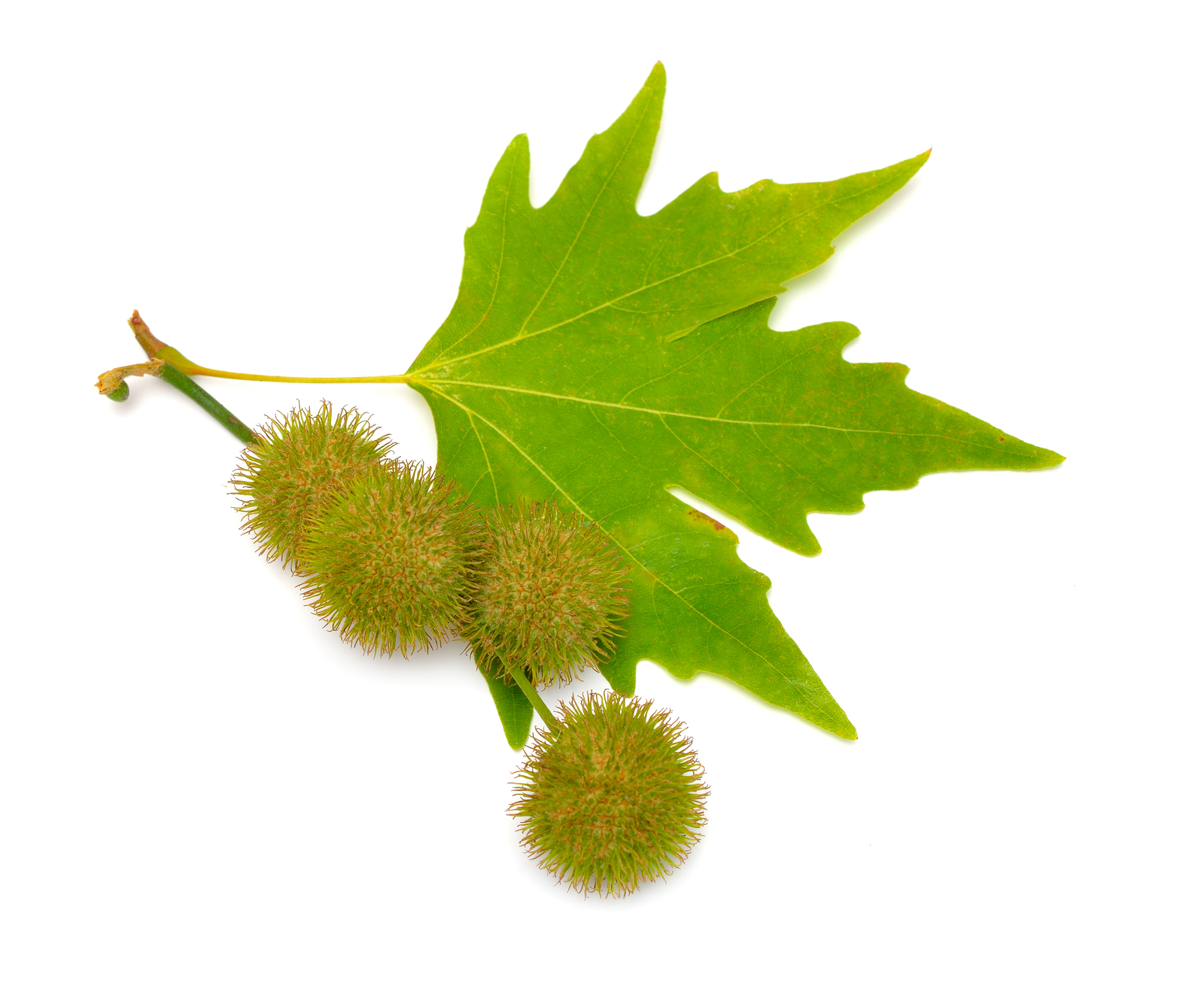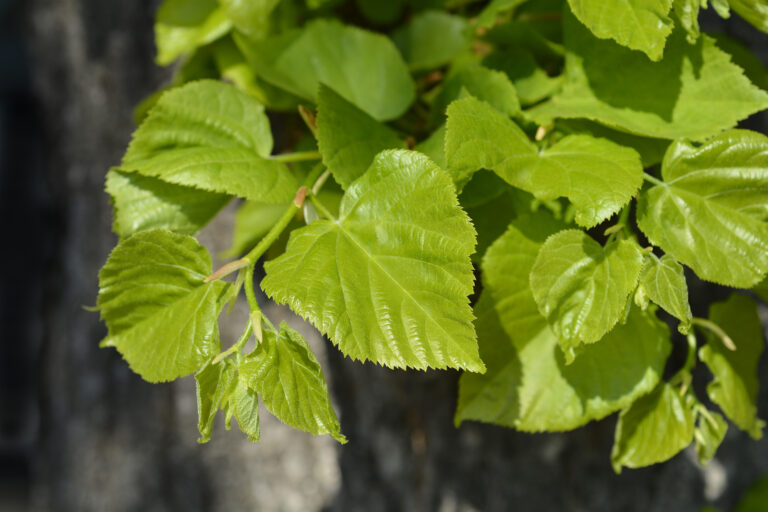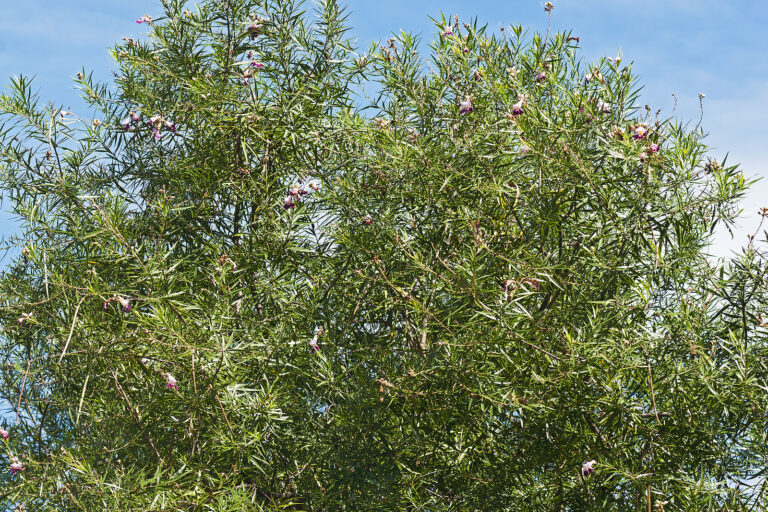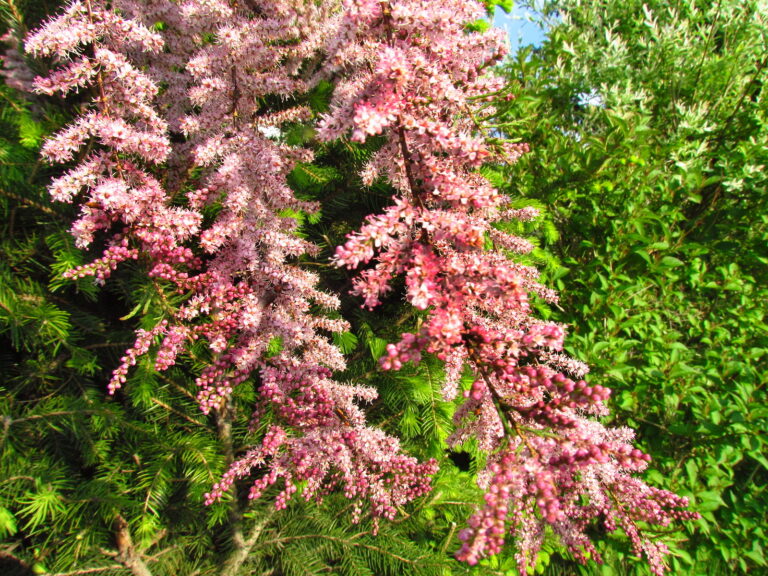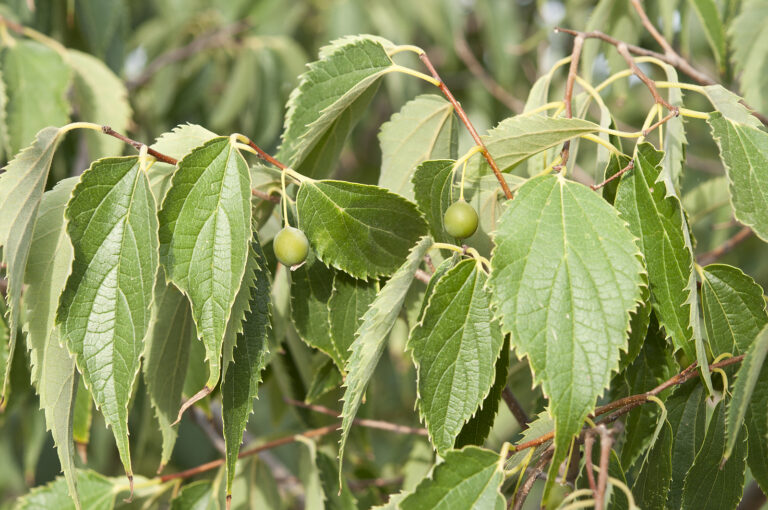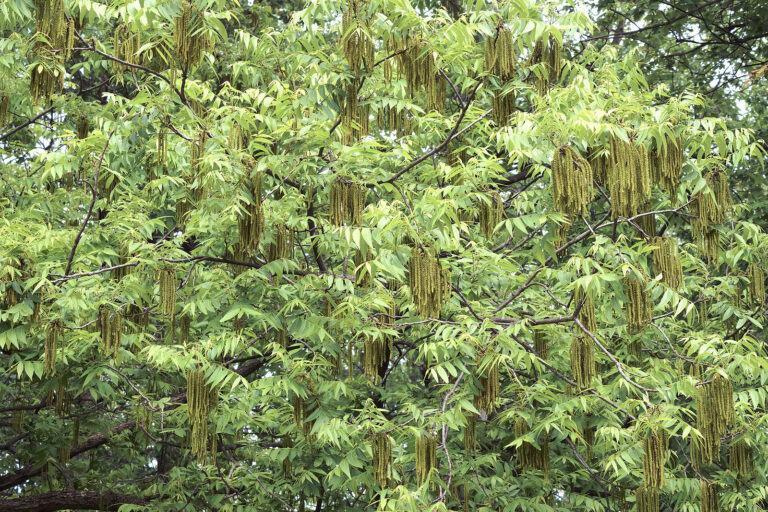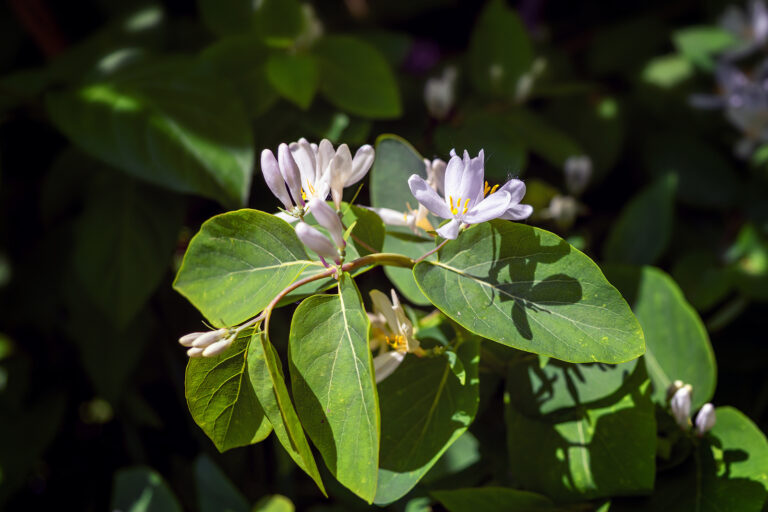How to Grow American Planetree – Platanus
American Planetree, Platanus, is a handsome deciduous tree characterized by its dense maple-like foliage and bark that peels off in large patches.
Planetrees are frequently used for street planting and other ornamental purposes—the tree has a massive shapeliness. They are excellent shade trees and mottled white and gray trunks form which the bark falls in shreds or plates gives planetrees a most distinctive character.
Planetrees thrive best in a rich, moist soil; some species are tolerant of city conditions and will stand severe pruning.
Planetrees are propagated by cutting or ripened wood, by greenwood cuttings, sometimes by layering and also seed.
Get to know the American Planetree
- Plant type: Deciduous tree
- Growing Zones and range: 4-8
- Hardiness: Hardy
- Height and spread: To 90 feet (27m) tall and 65 feet (19.5m) wide
- Foliage: Coarse, dark green leaves with mottled bark
- Flowers: Inconspicuous cream flowers in spring; followed by ball-shaped fruit
- Bloom time: Spring
- Uses: Street tree
- Botanical name: Platanus occidentalis
- Common name: American Planetree, plane tree, buttonwood, sycamore
- Origin: North America, Europe
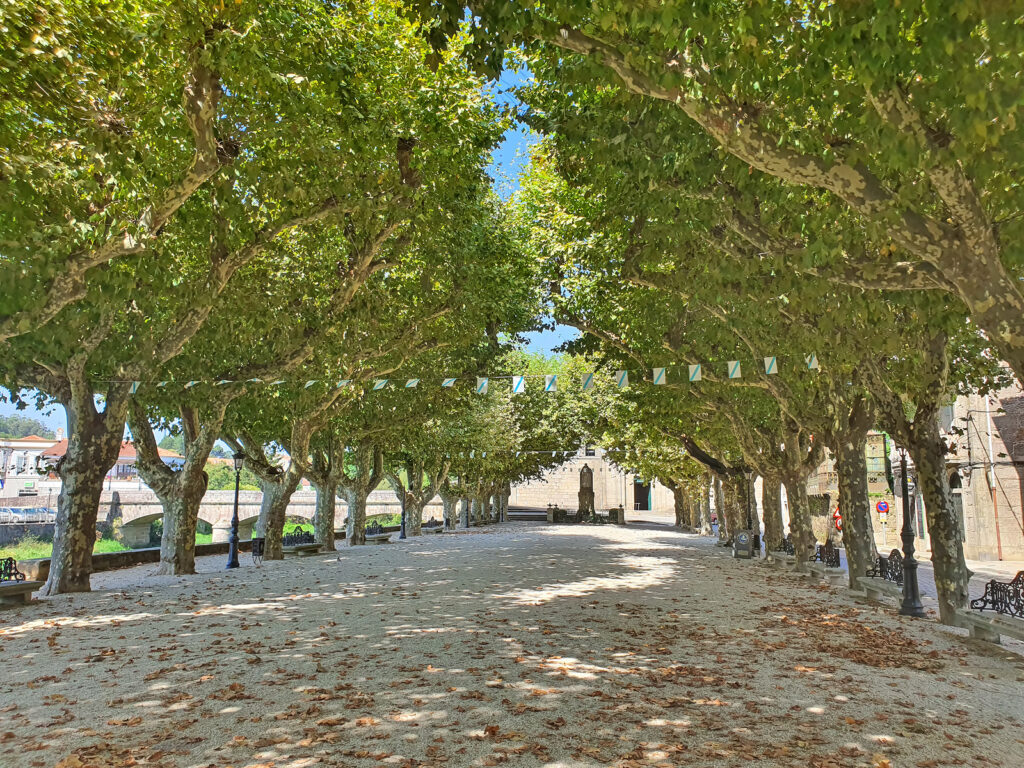
Where to plant American Planetree
- Grow planetree in full sun.
- Plant planetree in moist well-drained soil; planetree is adaptable to most soils; grow to greatest size in humus-rich, moist soil
When to plant American Planetree
- Plant planetrees in spring or in autumn in mild winter regions.
Planting and spacing American Planetree
- Space 40 to 50 feet apart; they can be planted closer to create a dense overhead canopy.
How to water and feed American Planetree
- Keep the soil evenly moist; planetrees are somewhat drought tolerant once established.
- Fertilize with aged compost spread to the dripline at least once a year.

American Planetree care
- Prune planetrees in winter as needed.
American Planetree common problems
- Planetree drops leaves, twigs, and fruit, which can be unsightly.
- Avoid damaging trees with a lawnmower or other tools; wounds can be entry points for pests and diseases.
- Clean up dropped leaves and twigs to remove overwintering sites for disease spores.
American Planetree propagation
- Take hardwood cuttings in winter.
- Spread seed in spring.
American Planetree varieties to grow
- London planetree, Platnus x acerifolia, has palmately lobed leaves to 10 inches wide and grows in wide-spreading form; ‘Bloodgood’ and ‘Liberty’ are disease resistant.
- Oriental planetree, Platnus orientalis, is common in Europe; it grows to 100 feet tall.
- Platnus racemosa is found near rivers and streams in California.

